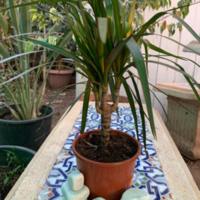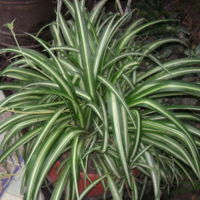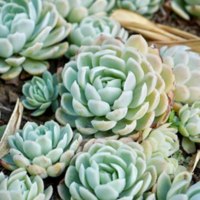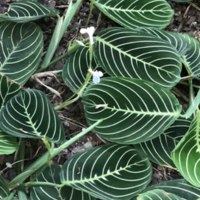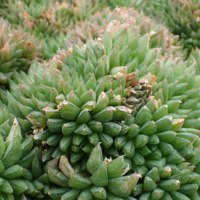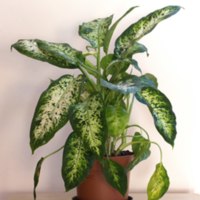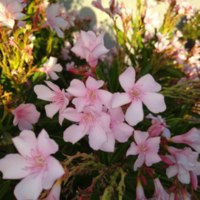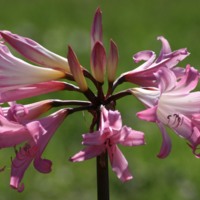Browse Items (16 total)
Sort by:
-
Dragon Tree
Scientific name is dracaena marginata and is poisonous to both dogs and cats. If ingested symptoms include vomiting, drooling, and muscle weakness. Dragon trees need bright, indirect sunlight and should not be overwatered. Let the first couple inches of top soil dry out before watering again. Ideal temperature range is 70 to 80 degrees F. -
Rattlesnake Plant
Known by the common name rattlesnake plant, the scientific name is Goeppertia insignis. Safe for dogs and cats. For care, use loose, fast-draining soil, fertilizing monthly in spring and summer only, indirect light, 70–80 degrees F. Water whenever the top of the soil feels dry. -
Spider Plant
Colloquially known as the spider plant, the scientific name of this plant is Chlorophytum comosum. It is safe for both dogs and cats. For care, the spider plant needs indirect bright light, 60–80 degrees F. Water once a week, or less frequently in winter. -
Echeveria
Known by echeveria, which describes a genus in the family Crassulaceae, the scientific name is Echeveria elegans. Safe for dogs and cats. As a succulent, echeveria need less care than many plants. For care, echeveria need 4-6 hours of sunlight each day. Water when the soil is completely dry. -
Prayer Plant
Colloquially known as the prayer plant, the scientific name of this plant is Maranta leuconeura. It is safe for both dogs and cats. Consistent warmth, indirect light, temperatures between 68° – 85°F, and watering every 1 to 2 weeks will help this plant thrive. -
Haworthia
Haworthia cooperi is part of a varied species of the Haworthia genus. It requires watering every two weeks, or once a month in the winter when it is dormant. Alternatively, water it when whenever the soil is able to dry out. It prefers bright, indirect light and does not require fertilizer. This plant is slow-growing and does not often outgrow its pot. -
Dumb Cane
Scientific name is dieffenbachia and is poisonous to both dogs and cats. Symptoms if ingested include vomiting, burning and swelling of the mouth, difficulty swallowing, and difficulty breathing. Dumb Cane is relatively easy to take care. It requires indirect, bright sunlight and moist soil. Ideal temperature range is between 60 and 80 degrees F. -
Venus flytrap
The Venus flytrap is the common name for Dionaea muscipula. It requires bright light for at east 6 hours a day, with acidic soil that is consistently damp. Venus flytraps need distilled water or rainwater.
